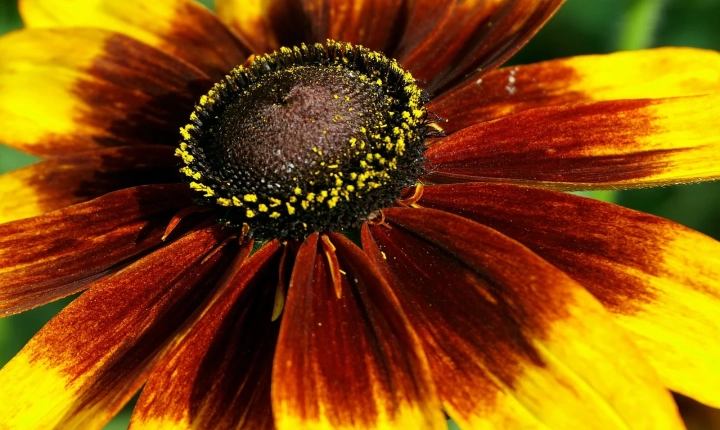Title: Creating an AI Art Generator: A Step-by-Step Guide
Artificial Intelligence has brought about a revolution in the field of creativity by enabling machines to generate artwork. The use of AI in art generation has opened up endless possibilities for artists and creators to explore new forms, styles, and techniques. In this article, we will explore the process of creating an AI art generator, allowing you to harness the power of machine learning to produce stunning and unique artworks.
Step 1: Define the Objective
To begin creating an AI art generator, it is crucial to identify the specific objectives and goals for the project. Consider what type of artwork you want the AI to produce – whether it’s digital paintings, abstract compositions, or realistic portraits. Clearly defining the objectives will help guide the development process and ensure that the AI art generator meets your expectations.
Step 2: Gather Training Data
The next step is to gather a comprehensive dataset of images that will be used to train the AI art generator. This dataset should include a diverse range of artworks, styles, and genres to provide the AI with a broad understanding of artistic concepts. The quality and diversity of the training data will directly impact the AI’s ability to generate compelling and original artwork.
Step 3: Choose the Right Model
Selecting the appropriate machine learning model is crucial to the success of the AI art generator. Convolutional Neural Networks (CNNs) are commonly used for image generation tasks due to their ability to extract complex features and patterns from the training data. Additionally, Generative Adversarial Networks (GANs) can be employed to create realistic and visually appealing artwork.
Step 4: Training the AI
Once the model has been chosen, it’s time to train the AI art generator using the gathered dataset. This process involves feeding the training data into the model, allowing it to learn and extract the underlying patterns and features of the artwork. Training the AI may require significant computational resources and time, depending on the complexity of the model and the size of the dataset.
Step 5: Fine-Tuning and Optimization
After the initial training, the AI art generator may require fine-tuning and optimization to enhance its performance. Adjusting the model’s parameters, hyperparameters, and training algorithms can improve the quality and diversity of the generated artwork. Additionally, techniques such as transfer learning and data augmentation can further refine the AI’s ability to produce art.
Step 6: Testing and Evaluation
Once the AI art generator has been trained and optimized, it is essential to thoroughly test and evaluate its performance. This involves generating a variety of artwork and assessing its quality, originality, and artistic appeal. Iterative testing and evaluation are crucial to identifying any shortcomings and refining the AI art generator’s capabilities.
Step 7: Deployment and Integration
Finally, the trained AI art generator can be deployed and integrated into various applications and platforms. Whether it’s a standalone art generation tool, a plugin for graphic design software, or an interactive art installation, the AI art generator can be leveraged to create captivating and inspiring artwork in diverse settings.
In conclusion, creating an AI art generator involves a systematic and iterative process that encompasses defining objectives, gathering training data, choosing the right model, training and optimizing the AI, testing and evaluating its performance, and deploying it into various applications. By following these steps, you can unleash the potential of machine learning to produce remarkable and innovative artworks, pushing the boundaries of creativity and artistic expression.
